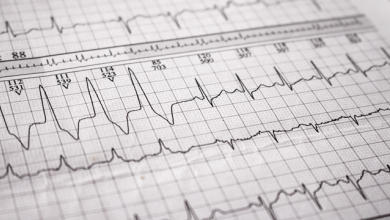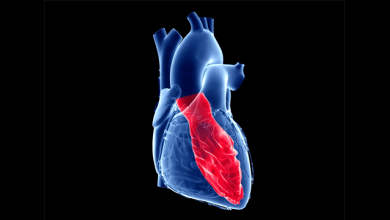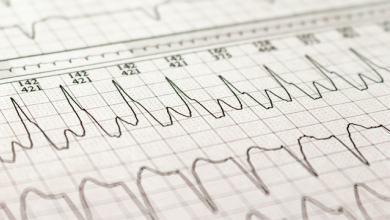Search results
Author(s):
Raphael K Sung
,
Penelope A Boyden
,
Satoshi Higuchi
,
et al
Added:
2 years ago
Author(s):
Demosthenes G Katritsis
Added:
3 years ago
Since its first description by Hays in England in 1906, second-degree atrioventricular (AV) block has been a fascinating clinical entity, mainly due to obscure points regarding its diagnosis that emanate from misconceptions and errors regarding its proper definition.1–3 The practicing clinician should be aware of the following points that may assist a proper diagnosis and, consequently, accurate…
View more
Marek Jastrzębski
Research Area(s) / Expertise:
Job title: Head of the EP Lab and Professor
Author
Author(s):
Mark E Josephson
Added:
3 years ago
In patients with syncope or episodes of palpitations and heart disease, an electrophysiology study (EPS) may be of value by means of potential induction of sustained ventricular tachyarrhythmias.1,2 Programmed ventricular stimulation may be useful in the context of risk stratification of ischaemic patients with left ventricular ejection fraction (LVEF) 30–40 %, and there has been some evidence…
View more
Author(s):
Nadine Ali
,
Daniel Keene
,
Ahran D Arnold
,
et al
Added:
3 years ago
His bundle pacing in humans was first described in 1970 by Narula et al.1 They demonstrated that it was possible to stimulate the His bundle to produce normal physiological ventricular activation via the His-Purkinje system. However, the first report of permanent His bundle pacing, by Deshmukh et al., did not occur until 2000.2 In that study, His pacing was performed in a series of patients with…
View more
Author(s):
Luuk Heckman
,
Justin Luermans
,
Floor Salden
,
et al
Added:
2 years ago
Author(s):
Demosthenes G Katritsis
,
Josep Brugada
Added:
3 years ago
The term narrow QRS tachycardia indicates individuals with a QRS duration ≤120 ms, while wide QRS tachycardia refers to tachycardia with a QRS duration >120 ms.1 Narrow QRS complexes are due to rapid activation of the ventricles via the His–Purkinje system, suggesting that the origin of the arrhythmia is above or within the His bundle. However, early activation of the His bundle can also occur…
View more
Author(s):
Sanjiv M Narayan
,
Hugh Calkins
,
Andrew Grace
,
et al
Added:
3 years ago
Author(s):
Hongwu Chen
,
Kit Chan
,
Sunny S Po
,
et al
Added:
3 years ago
Ventricular tachycardia (VT) originating from the Purkinje system is the most common type of idiopathic left ventricular tachycardia (ILVT), especially among young Asians.1,2 It usually has a benign course. Research over the past two decades has deepened our understanding of the anatomy of the Purkinje system and the mechanisms of ILVT. This review focuses on the research history and anatomy of…
View more
Wide Complex Tachycardia
Author(s):
John B Garner
,
John M Miller
Added:
3 years ago
Article















